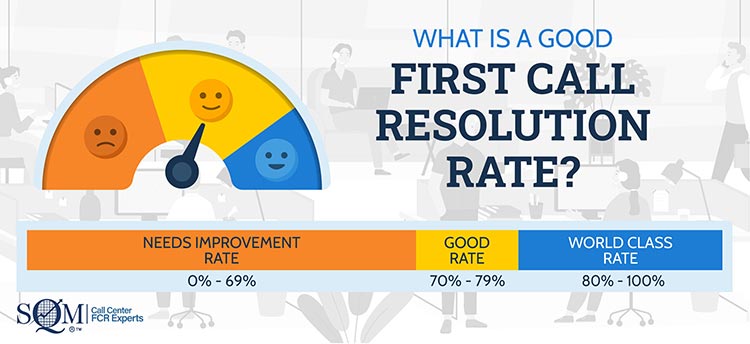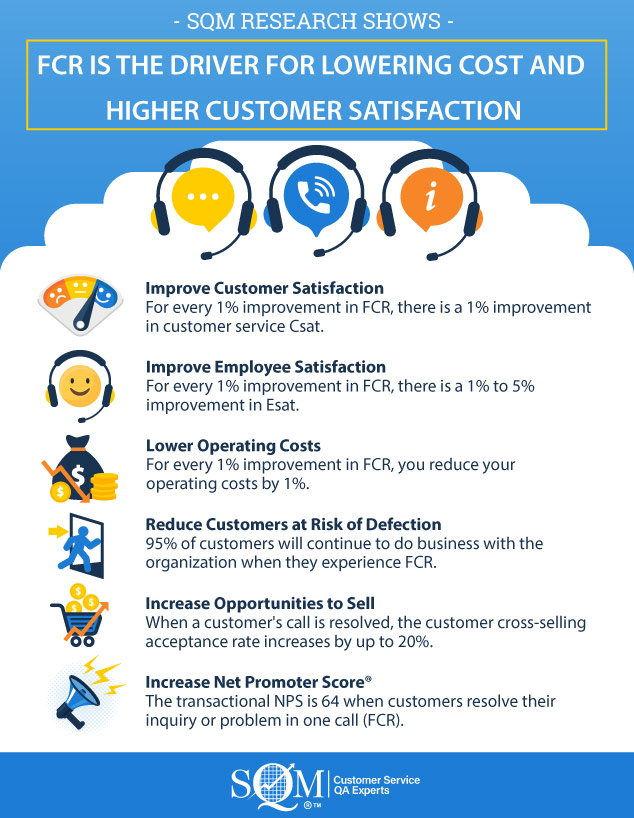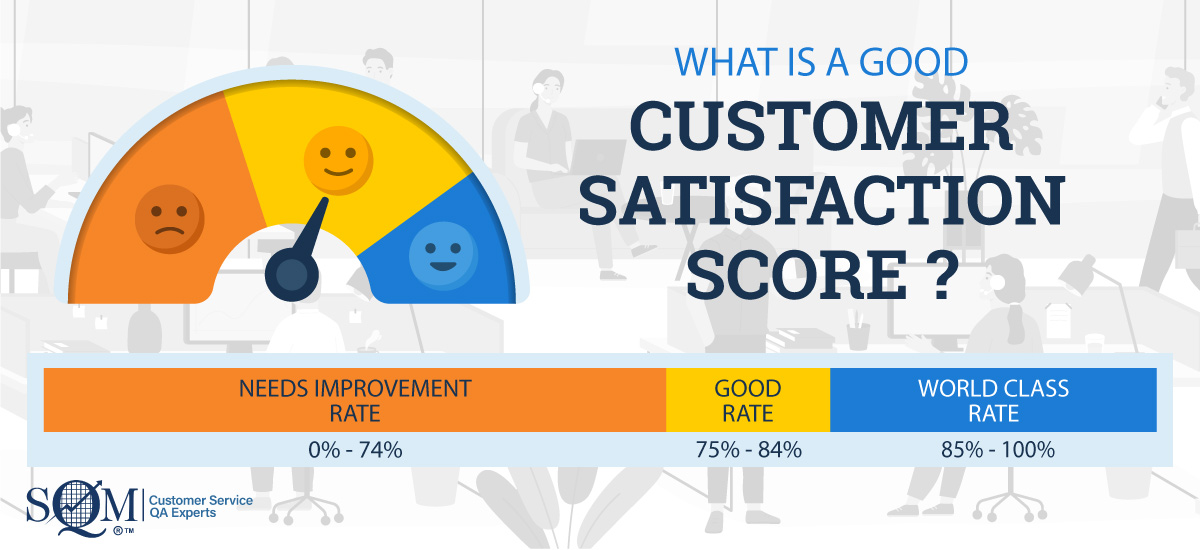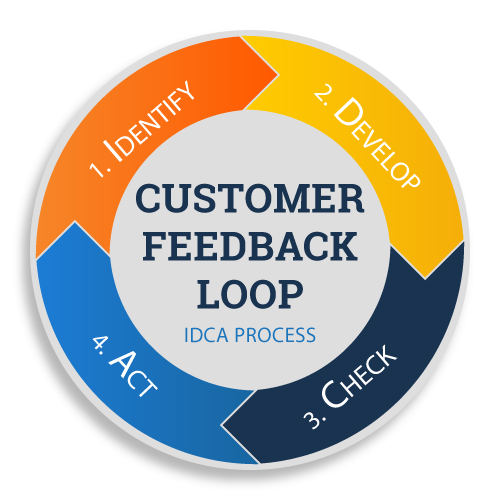Why Prioritize CX During Economic Downturn
As of December 2022, the US consumer price inflation (CPI) rate is 7.1 percent, the gross domestic product (GDP) annual rate is 2.9 percent in the third quarter, and increasing interest rates by the Federal Reserve. Therefore it's not surprising that call center leaders need to lessen the impact of an economic downturn by proving their value to reduce costs and helping drive up customer satisfaction.
Economic downturns create uncertainty for customers and companies. When there is economic uncertainty, many companies treat the call center as a cost center focusing on reducing headcount, having higher wait times to reach an agent, lower amounts of agent coaching and training, wage freezes, and stopping surveying customers.
As most leaders know, treating the call center as a cost center hinders their ability to deliver great customer service. But the question that needs to be asked is whether the approach of treating the call center as a cost center is the right way for a call center to show value for reducing operating costs.
Furthermore, COVID-19 taught us that customer expectations increase in tough economic times. SQM believes that economic downturns require call centers to reevaluate their priorities for reducing costs while waiting for the economy to improve. Many enlighted call center leaders believe that focusing on delivering a great customer experience (CX) can provide a recession-proof approach for waiting out an economic storm. Here are two reasons why CX deserves your call center's focus and investment during economic downturns.
1. Improving First Call Resolution Reduces Operating Costs
A common area for CX to be on the chopping block is the call center's customer service investments, such as post-call surveying, agent coaching, and training. Historically many company leaders treat the call center as a cost center for doing business mainly in an economic downturn rather than as an opportunity to invest in improving customer service to reduce costs.

Moreover, FCR is the highest correlated metric of all call center internal or external metrics to customer service Csat. Put differently, FCR and call resolution are the strongest drivers for delivering great customer service. Therefore, you can make a strong business case that FCR is a proxy for great customer service.
SQM's FCR research shows the Call Center Industry benchmark average for the FCR rate is 70%. The FCR rate means that 30% of customers have to call back the organization about the same inquiry or problem. The First Call Resolution industry standard for a good FCR rate is 70% to 79%. Therefore, call centers with an FCR rate below 70% need improvement. Conversely, the world-class FCR rate is 80% or higher, and only 5% of call centers can achieve the world-class FCR rate from a CX journey perspective measured using a post-call survey method.

Here are other benefits of delivering FCR:

"It takes 20 years to build a reputation and five minutes to ruin it. So if you think about that, you'll do things differently" – Warren Buffett. Given that 30% of customers have to conduct two or more calls to resolve the same inquiry or problem, it is no wonder that improving customer service has become so important to reducing operating costs, especially in an economic downturn.
2. Great Customer Satisfaction Drives Referrals and Retention
Great customer satisfaction (Csat) helps provide recurring revenue, customer referrals, and retention. In addition, potential customers are significantly more likely to trust recommendations from people they know who have done business with your company than your salespeople and marketing efforts. Also, people trust reviews that come from customers who have used a company's products and services.

Our Csat research shows that 88% of customers have stopped doing business with a company because of poor call center customer service. Therefore, call centers need to convert dissatisfied customers to satisfied ones, so they will likely continue using a company's products and services.

SQM's Csat research shows the Call Center Industry average Csat (top box survey response) benchmark Csat score is 78%. The Csat score means that 78% of customers are very satisfied (top box survey rating response) with the call center's overall customer service. The call center industry standard for a good Csat score is 75% to 84%. Therefore, call centers with a Csat score below 75% need improvement. Conversely, the world-class Csat score is 85% or higher, and only 5% of call centers can achieve a world-class Csat score.

Here are other benefits of delivering great Csat:

Customers have so many choices because almost all industries are competitive, making it hard to keep customers and grow your business. Therefore, in many cases, for a company to be successful, it must focus on having its call center deliver great customer service that keeps customers very satisfied. But how can you determine if you're providing a great customer experience? The simple answer is that you need to track, benchmark, and improve customer satisfaction. Easy to say, but hard to do.
Customer Feedback Loop Process to Reduce Costs & Improve Csat
Many SQM Group's clients use a Customer Feedback Loop process which is a well-accepted ongoing business practice for identifying what areas to improve and for implementing people, process, and technology practices that will help reduce your call center operating costs and improve Csat. The basic premise of the Customer Feedback Loop process is to form an customer service improvement team and use VoC data (e.g., post-call survey and CRM/call recording systems) to identify, analyze, and develop solutions to action for improving customer service.
Call center leaders are increasing investments in VoC programs and software that employ a Customer Feedback Loop process. At SQM, our customer service QA management software has a Customer Feedback Loop improvement process (see below figure) feature that consists of four steps – Identify, Develop, Check, and Act (IDCA) to improve FCR, costs, and Csat performance. The four ongoing sequential steps of our Customer Feedback Loop IDCA process are:

- 1. Identify - repeat call reasons to improve by measuring FCR, Costs, and Csat performance
- 2. Develop - a solution and implement a test pilot to reduce repeat call reasons and costs or improve Csat
- 3. Check - to see if the test pilot was successful by measuring changes in FCR and Csat
- 4. Act - on customer feedback by implementing a standardized improvement plan for reducing repeat call reasons and improving CX for the entire call center
The Customer Feedback Loop IDCA Process is a practical approach for improving people, processes, and technology hindering cost and customer service performance. The below diagram shows the roadmap for the Customer Feedback Loop process with four significant steps (i.e., Identify, Develop, Check, and Act) and three specific steps within each major step. In total, the Customer Feedback Loop uses 12 specific improvement steps, which are an excellent roadmap for properly implementing costs and Csat improvements that have been proven to work.
Customer Feedback Loop Improvement Cycle Roadmap

The following are questions for assessing your customer service improvement practices:
- Have you identified the top five repeat call reasons to reduce cost or improve Csat?
- Do you continuously identify customer service opportunities to improve and implement solutions to improve CX?
- Do you effectively analyze repeat call reasons to reduce cost or improve Csat?
- Do you generate and select solution ideas based on some criteria?
- Do you develop an action plan to improve FCR or Csat?
- Do you present an FCR and Csat action plan to the C-level?
- Do you use a small test pilot group to test the solution idea's effectiveness?
- Does your management team check the results of the test pilot?
- Based on the test pilot results, did you make any necessary changes?
- Do you standardize solution ideas to implement them with the entire call center effectively?
-
Are you effective at executing the roll-out action plan for the entire call center?
Quick Related Links
First Call Resolution Comprehensive Guide Customer Satisfaction Comprehensive Guide 360-Degree Feedback Customer Service QA Good to Great Customer Service

